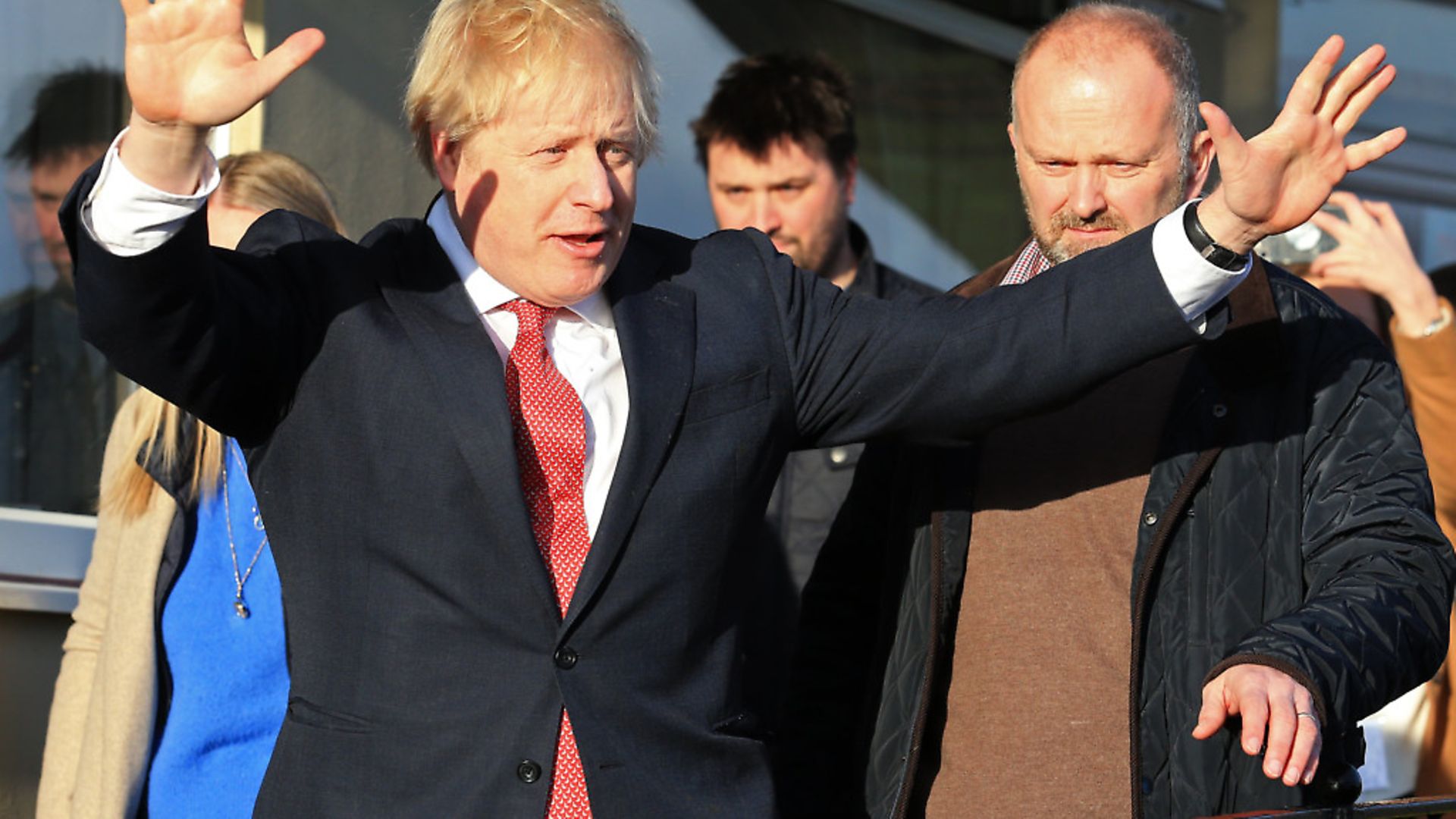
In the 12 months since the 2019 general election, Boris Johnson has seen his party’s poll lead drop from double-digits to level-pegging with Labour.
The Tories had opened up a large gap in the polls by the end of 2019, boosted by the personal appeal of Johnson and a successful election campaign message of Get Brexit Done.
This carried over into the early part of 2020, where most weeks saw the party ahead of Labour by an average of at least 15 points, rising to a whopping 22-point average lead in the first weeks of the Covid-19 outbreak.
But then things started to change.
The polls began to narrow soon after Sir Keir Starmer replaced Jeremy Corbyn as Labour leader in early April, which coincided with the government starting to face criticism for its handling of the pandemic.
The Tories’ lead dropped to single figures by June, was averaging below four points by September, and had disappeared completely by November.
The latest polls show both the Conservatives and Labour in a statistical tie of around 37% to 39%.
No other prime minister in recent history has seen a poll lead fall so steeply over such a short period of time.
Throughout the 12 months following the 2017 general election, Theresa May’s Tories remained locked in a virtual dead heat with Labour, with both parties polling around 40%.
David Cameron’s Tories spent the year after the 2015 general election ahead in the polls, but saw their lead slide from a peak of 14 points to just two points.
And in the 12 months following the 2010 election, what started as an average Conservative lead of four points ended up as an average Labour lead of three points.
Johnson’s approval ratings since the 2019 election do not make cheery reading for the Conservatives either.
Figures from the polling company Opinium show that his net approval rating, those who approve of his performance minus those who disapprove, turned positive after the election and then soared in the early days of the Covid-19 lockdown.
At one point the prime minister was enjoying a net rating of 29%, compared with minus 36% for Jeremy Corbyn.
Johnson’s numbers began to slide in May, however.
By June they had turned negative, and by November they had dropped as low as minus 14%.
Sir Keir, by contrast, has scored positive net approval ratings ever since becoming Labour leader.
Polls and ratings are only snapshots of public opinion, not forecasts or projections.
They do not tell us anything about what could happen between now and the next general election, currently scheduled for May 2 2024, let alone what the outcome of that election might be.
Yet they give a flavour of how the mood of the public has shifted in the 12 months since Boris Johnson’s election triumph, and show how dramatically a set of polling numbers can be affected by a change in personalities (Sir Keir) and circumstances (Covid-19).









